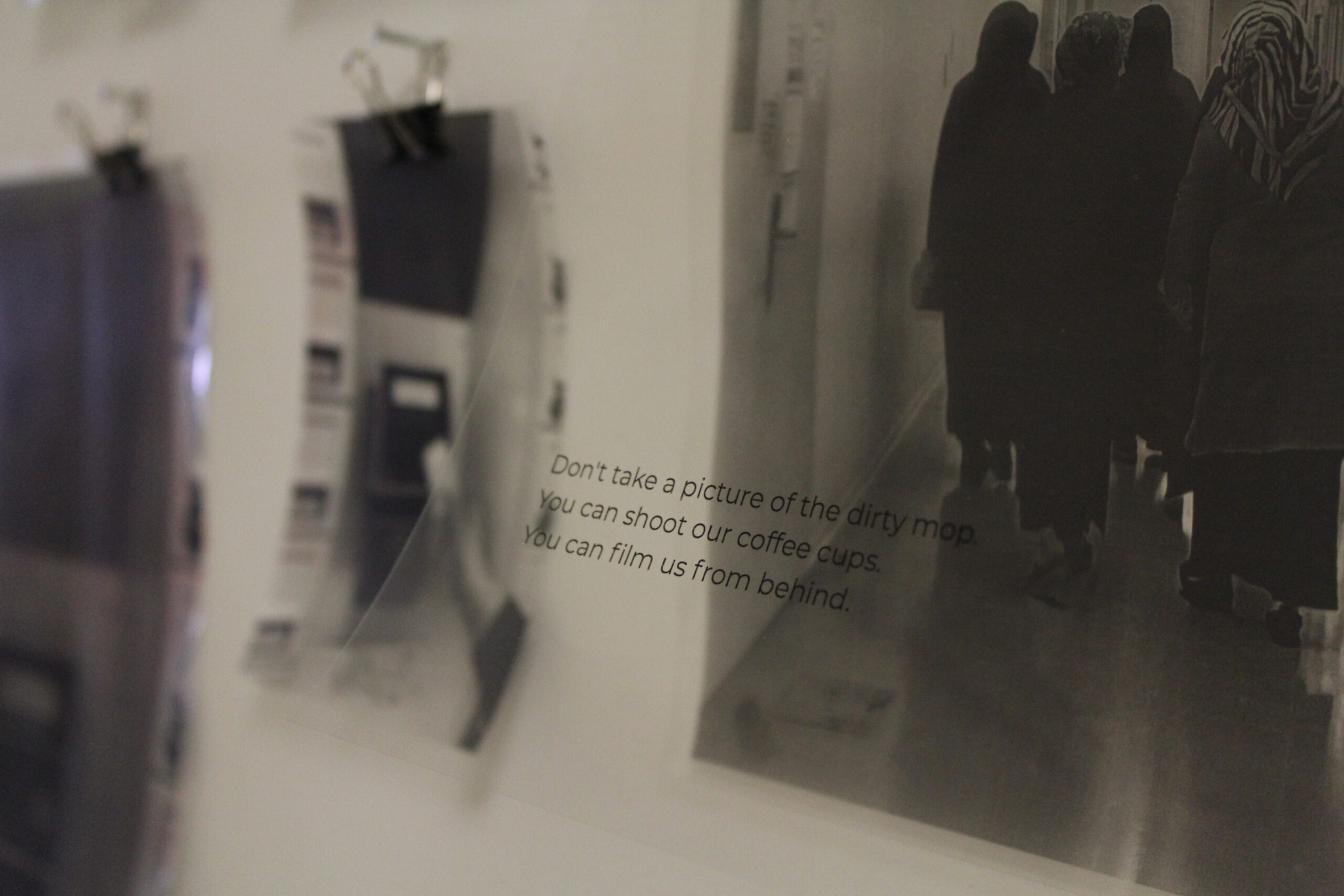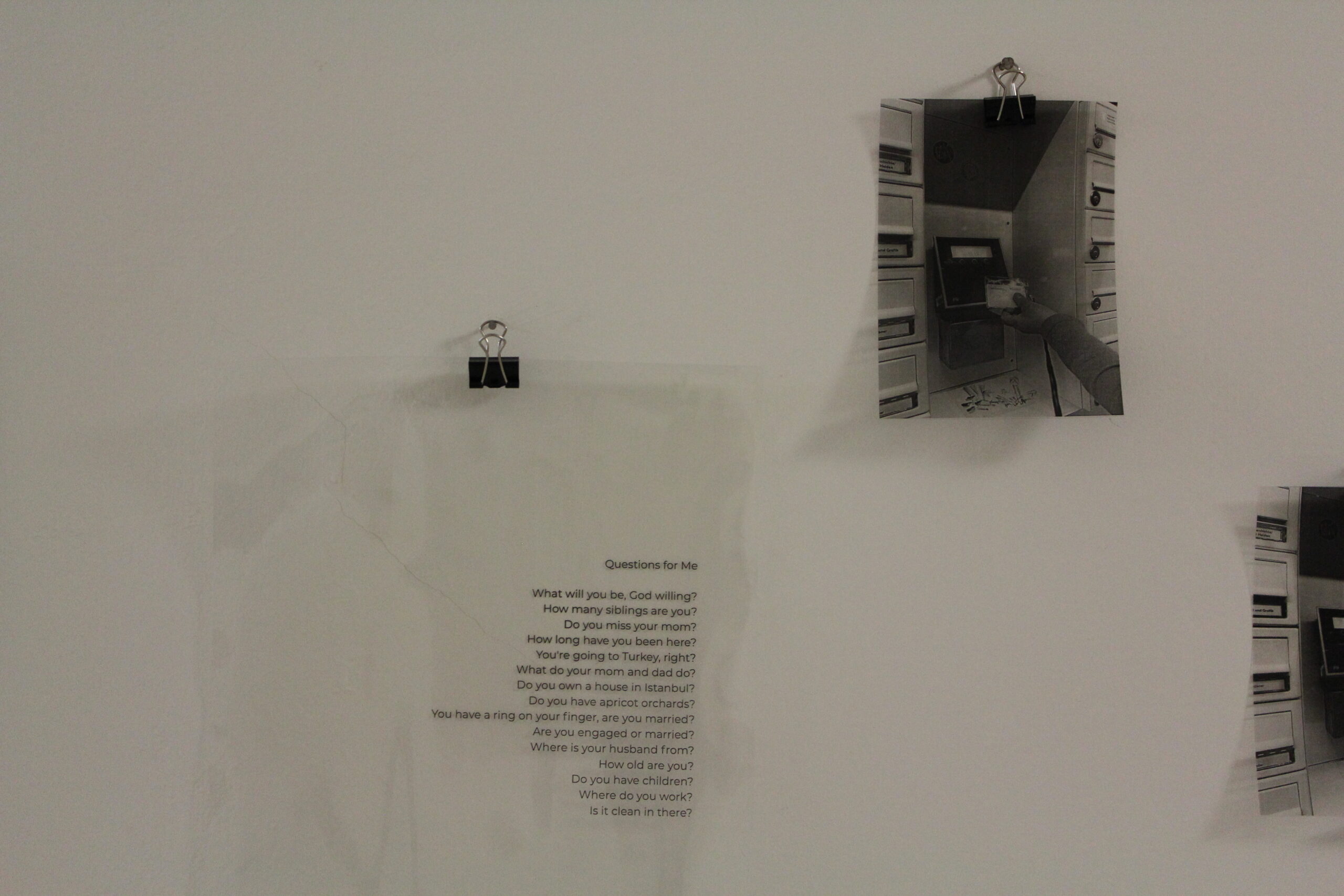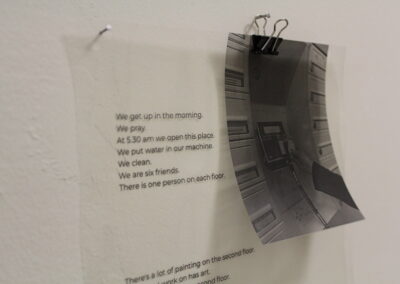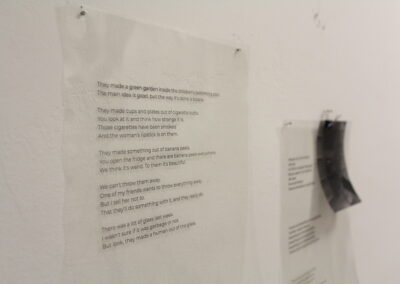
“With all the good intentions, excellent craftsmanship, and even with the reliability and eloquence of a particular story, representing Others is always going to be a complicated and contentious undertaking.”
— Madison, D. S. (2011). Critical ethnography: Method, ethics, and performance. Sage publications.
“Within this social interstice, the artist owes it to themself to take responsibility for the symbolic models they are showing: all representation refers to values that can be transposed into society.”
— Bourriaud, N. (2002). Relational aesthetics (1998). Trans. S. Pleasance & F. Woods, Paris: Les presses du reel.
“Taking apart the story, revealing underlying texts, and giving voice to things that are often known intuitively does not help people to improve their current conditions. It provides words, perhaps, an insight that explains certain experiences – but it does not prevent someone from dying.”
— Smith, L. T. (2021). Decolonizing methodologies: Research and indigenous peoples. Bloomsbury Publishing.
I wanted to share my recent work with you, called “From 5.30 to 9.30.”
These hours reflect the work schedule of the cleaners at my university, the University of Arts, Linz. My interest in their stories began last semester when I slept at the school for four days after my dorm contract ended.
One morning around 6 a.m. I woke up to the voice of Erdogan, the president of Turkiye. Thinking I was having a nightmare, I was surprised to meet a cleaning lady who was also from Turkey. She was cleaning and listening to the news from Turkey. We chatted briefly, and I soon met the other cleaners, all six women, all from Turkey. Their presence during off-hours, largely invisible to the rest of the university, felt unsettling to me.
After the semester ended, I went back to Istanbul but soon returned to work at the university’s television station for a couple of months. I wanted to make a documentary about this topic, focusing on themes like racism and being an immigrant in Austria. I started spending early mornings with them, building relationships and learning their stories. However, I realized that making a documentary in such a short time was not impossible.
Instead, I decided to engage with them without a specific goal, simply to see what would emerge. They gave me tours of the university while they cleaned, accessing every atelier. Their comments about the students and art objects were fascinating—they often couldn’t distinguish between art and garbage.
I took notes on their observations but struggled with how to show their experiences. Eventually, I concluded that I couldn’t represent them directly. However, I could represent their presence through time recorders, symbolizing their hours spent at the university. There are six women, and I have six time recorders.

You can see photographs of the cleaners after their shifts. In one image, they requested: “Don’t take a picture of the dirty mop. You can shoot our coffee cups. You can film us from behind.” This direction resonates with Trinh T. Minh-ha’s assertion that “This relationship will, inevitably, always be unequal, which makes the call by Arnd Schneider an interesting perspective to start from. Since one cannot speak about or for the other in an unproblematic way, it might be better to aim to ‘speak nearby’ (Trinh Min-ha 1990), without ignoring these unequal relations.”Both by following their instructions and by addressing the unequal hierarchy (questioner-answerer, representative-represented), I also included the questions the cleaners asked me, trying to break this dynamic.


“meaning should be prevented from coming to closure at what is said and what is shown.”
— Minhha, T. T. (2012). The totalizing quest of meaning. In Theorizing documentary (pp. 90-107). Routledge.
Inspired by Minh-ha’s philosophy, I aimed to provide a glimpse into the women’s lives and their interactions with the objects they encountered, focusing on their confusion without depicting the whole. This fragmented approach attempts to reflect their encounters with these working hours and art objects and the nuances of their experiences without claiming to represent their full reality.




Isn’t it true that any kind of experience and/or memory, could only be represented by fragments? How could all the aspects of one’s “full reality” be depicted and by whom? By choosing to state the questions that they asked you, not only did you attempt to break the dynamic of the “unequal hierarchy”, as you say, but you also persisted on representing a neglected and undervalued point of view.
“We cannot live other people’s lives, and it is a piece of bad faith to try. We can but listen to what, in words, in images, in actions, they say about their lives ”.
Clifford Geertz (1986:373)
Geertz, C. (1986). Making experiences, authoring selves (Epilogue). In T. V. Witter & M. Bruner (Eds.), The Anthropology of Experience (pp.373–380). University of Illinois Press.
Available here: https://monoskop.org/images/f/f3/Turner_Victor_Bruner_Edward_The_Anthropology_of_experience_1986.pdf
^^^^^^^^^
I really like your contribution Çağla and especially how the notion of time is combined with (the university’s) space and women’s labour. I also find very interesting the use of artistic mediums as tools to approach (and try communicating) the non-representable.
Care ethics theory could also be in close dialogue to your work.
‘Time’s Place’ by Joan Tronto (available here)
You can also listen to this short interview where Tronto talks about ‘privileged irresponsibility’ in research and how ‘entanglement’ and ‘diffraction’ can form some kind of alternatives (which is also your direction I think): https://www.youtube.com/watch?v=2uo6EDnqn_o
When it comes to (more-than)representational issues in research, you might also find useful some key readings here:
Vannini P. (Ed.), (2015). Non-representational methodologies: Re-envisioning research. Routledge.
(available here)
🙂
Hi, this is a really deep and appealing first post, Çağla, many thanks. Let’s get all started! The questions, your questions and your interlocutors’ questions and requests are equally important to (representational) answers in any genuine encounter. I just returned from a summer seminar on Popular Music Studies in Greece, where there was an interesting performance lecture on “Listening from behind”, with all the connotations you can get of such a trivial but equally far/ranging metaphor. What is involved in someone’s request to encounter him/her from behind and how is it related to issues of ethics of listening and representing? Panos
Your work really hits me, Çağla, both in its beauty and its unsettling dimensions. The invisible (or hidden?) people of the university… How apt – and often uncomfortable – to start in our near surroundings! (It also somehow reminds me of some perspectives from Anna Tsing’s The mushroom at the end of the world).